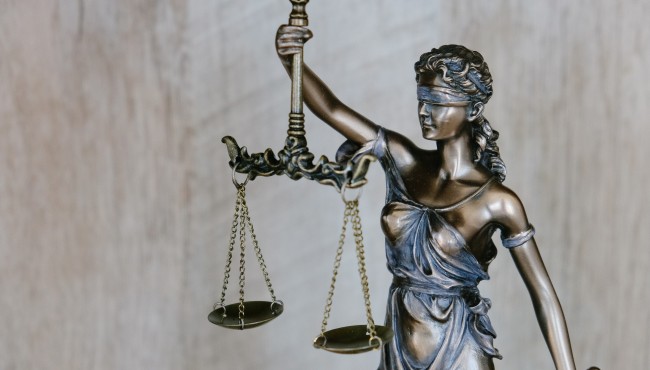Image

In the realm of legal documentation, precision is paramount, especially when dealing with French legal documents. Mistakes or errors can have significant implications, ranging from minor inconveniences to legal complications. This article will guide you through the process of correcting errors on French legal documents, offering insights into the necessary steps and considerations.
Typographical errors :
Nature of error: Spelling mistakes, typographical errors.
Implications: While these errors might seem minor, they can lead to confusion or misinterpretation.
Factual errors :
Nature of error: Incorrect dates, names, or other factual inaccuracies.
Implications: Factual errors can impact on the document's validity and may require prompt correction.
Substantive errors :
Nature of error: Errors in legal terms or clauses.
Implications: Substantive errors can have legal consequences and may necessitate careful correction with legal consultation.
Line through and initial :
For paper documents, a common method is to draw a line through the incorrect information, write the correction above or beside it, and initial the change.
This method is applicable for simple typographical errors.
Amendment certificate :
In some cases, an amendment certificate can be prepared, highlighting the specific error and providing the correct information.
This approach may be suitable for more formal documents.
Affidavit of correction :
Drafting an affidavit of correction, signed and notarized, can be a formal way to address factual errors.
The affidavit should outline the correct information and the reason for the correction.
Consultation with notary :
Seeking the guidance of a notary or legal professional is advisable for significant factual errors.
The notary can assess the impact of the error and guide you through the appropriate correction process.
Legal consultation :
Engage with a legal professional to evaluate the substantive error and determine the best course of action.
Legal experts can provide guidance on the amendment process and any potential implications.
Amendment agreement :
Prepare an amended agreement detailing the correction and have it signed by all relevant parties.
This approach ensures clarity and agreement on the correction.